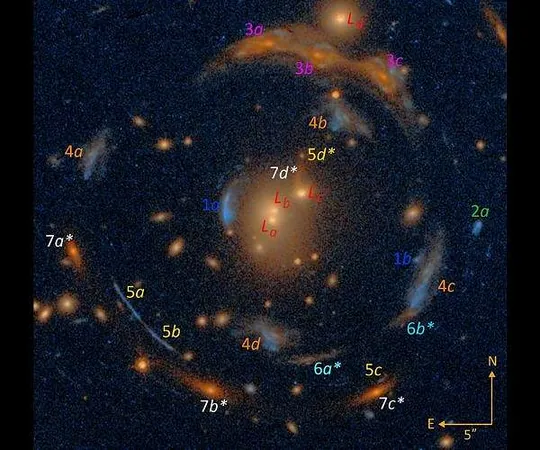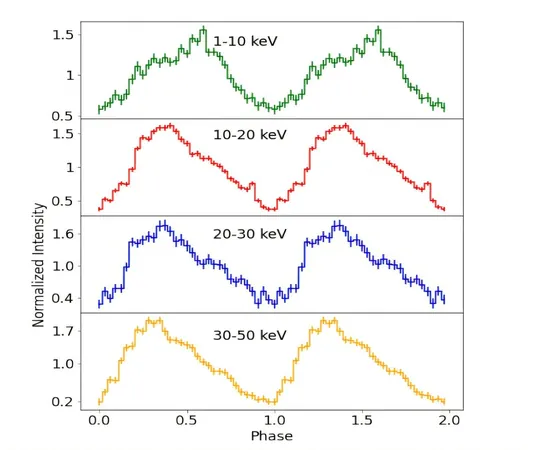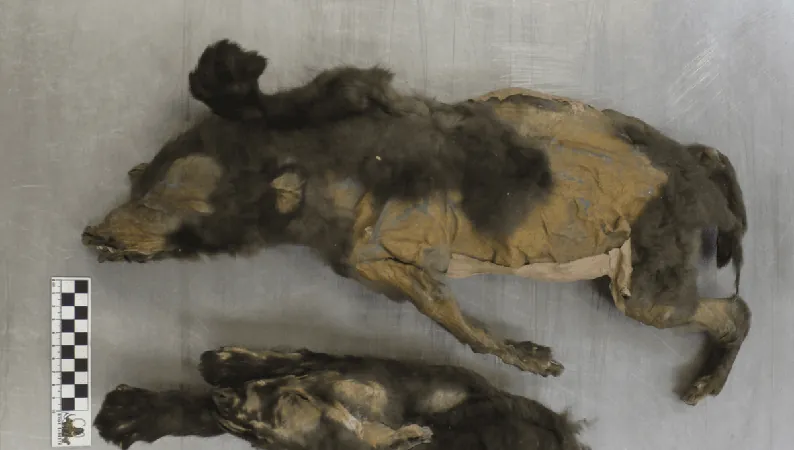
Revolutionary AI Research Could Slash Corn Fertilizer Costs and Environmental Impact!
2025-05-15
Author: Jacques
Groundbreaking research from New York University is set to transform the way farmers grow corn by cutting down on fertilizer usage. This study harnesses the power of artificial intelligence to identify crucial genes that enhance plants' nitrogen efficiency.
Gloria Coruzzi, a leading researcher and professor at NYU's Department of Biology, highlights the significance: "By pinpointing key genes related to nitrogen utilization, we can selectively breed or even modify these genes to boost nitrogen efficiency in vital US crops like corn."
Published in the prestigious journal *The Plant Cell*, the study reveals how NYU scientists merged plant genetics with cutting-edge machine learning techniques to unveil specific gene groups—referred to as "regulons"—that govern nitrogen use in corn.
Fertilizer has been instrumental in maximizing crop yields for over half a century. However, a staggering 45% of nitrogen fertilizer often goes to waste, contaminating groundwater and contributing to nitrous oxide emissions, a greenhouse gas with 265 times the potency of carbon dioxide.
As America's top crop, corn's high nitrogen demand and poor efficiency lead to significant economic and environmental repercussions. The NYU team trained AI models to identify genetic patterns linked to nitrogen response in both corn and Arabidopsis—a common plant used in genetic studies.
Through their innovative approach, researchers mapped out the complex genetic controls underlying nitrogen efficiency, revealing that traits like this are not dictated by a single gene. "Machine learning enables us to uncover sets of genes that work together to influence a trait while identifying the regulatory factors involved," Coruzzi explained.
Validation of their findings through laboratory experiments confirmed the role of two corn transcription factors, ZmMYB34 and R3, as well as AtDIV1 in Arabidopsis, in managing genes responsible for nitrogen use. Feeding this information back into their AI models enhanced the ability to predict nitrogen efficiency across various corn varieties.
This breakthrough means a faster path to improving crop strains. Instead of relying solely on field trials, researchers can now evaluate seedlings for favorable gene expression levels, selecting those with superior nitrogen efficiency.
Coruzzi adds, "This advancement not only translates into savings for farmers but also contributes significantly to reducing nitrogen pollution and nitrous oxide emissions—a win for the environment!"
This innovative approach could redefine agricultural practices and sustainability, paving the way for a greener future.









 Brasil (PT)
Brasil (PT)
 Canada (EN)
Canada (EN)
 Chile (ES)
Chile (ES)
 Česko (CS)
Česko (CS)
 대한민국 (KO)
대한민국 (KO)
 España (ES)
España (ES)
 France (FR)
France (FR)
 Hong Kong (EN)
Hong Kong (EN)
 Italia (IT)
Italia (IT)
 日本 (JA)
日本 (JA)
 Magyarország (HU)
Magyarország (HU)
 Norge (NO)
Norge (NO)
 Polska (PL)
Polska (PL)
 Schweiz (DE)
Schweiz (DE)
 Singapore (EN)
Singapore (EN)
 Sverige (SV)
Sverige (SV)
 Suomi (FI)
Suomi (FI)
 Türkiye (TR)
Türkiye (TR)
 الإمارات العربية المتحدة (AR)
الإمارات العربية المتحدة (AR)